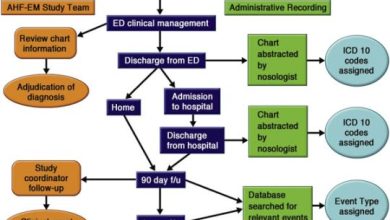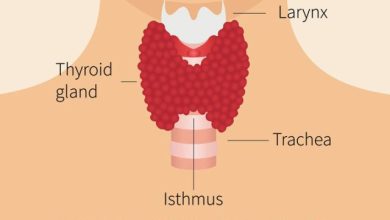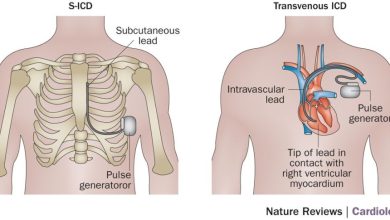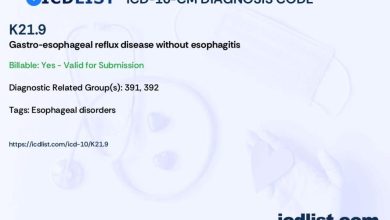Navigating The World Of ICD-10: A Comprehensive Guide To Enhancing Your Experience
What is ICD-10?
ICD-10 stands for the International Classification of Diseases, 10th Revision. It is a coding system used by healthcare providers, insurance companies, and government agencies to classify and code all diagnoses, symptoms, and procedures recorded in conjunction with hospital care in the United States. ICD-10 codes are alphanumeric codes that provide a standardized classification system for diseases, injuries, and other health conditions.
Code Information

ICD-10 codes are composed of three to seven characters, with each character representing a specific piece of information. The first character is always a letter, followed by a number, and then additional letters or numbers to further specify the diagnosis or procedure. These codes are used to accurately describe a patient’s condition or treatment in a standardized way that can be easily understood by healthcare professionals and insurance providers.
Diagnostic Related Groups (MS-DRG)
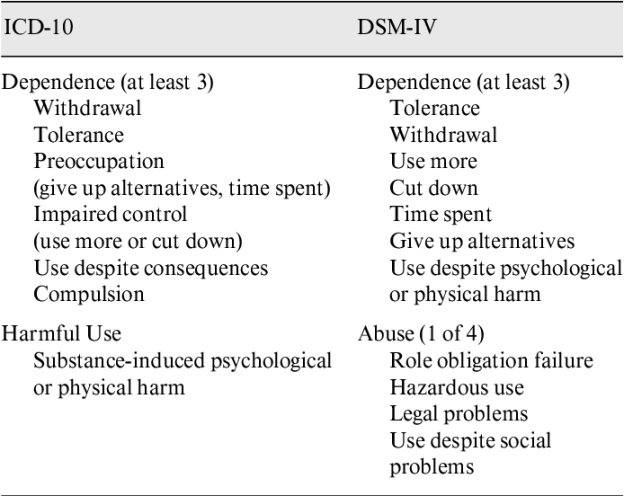
MS-DRG stands for Medicare Severity Diagnosis Related Group, which is a system used by Medicare to classify inpatient hospital stays into groups for the purpose of payment. Each MS-DRG is assigned a payment weight based on the expected resource use of the patient’s stay. This system helps to ensure that healthcare providers are reimbursed appropriately for the care they provide to Medicare beneficiaries.
Convert to ICD-9 Code

While ICD-10 is the current coding system used in the United States, there are still instances where ICD-9 codes may be needed. In order to convert an ICD-10 code to an ICD-9 code, healthcare providers can use an online conversion tool or reference the ICD-10 to ICD-9 mapping provided by the Centers for Medicare and Medicaid Services (CMS).
Code history
The first version of the International Classification of Diseases (ICD) was published in 1893 by the International Statistical Institute. Since then, the system has undergone multiple revisions to reflect advances in medical knowledge and technology. The transition from ICD-9 to ICD-10 in the United States occurred on October 1, 2015, after multiple delays and extensions.
Approximate Synonyms
Approximate synonyms are terms that are used interchangeably with a specific diagnosis code to describe the same condition. These terms can help healthcare providers and coders accurately assign the correct ICD-10 code based on the patient’s diagnosis or symptoms. It is important to use precise language and specificity when documenting a patient’s condition to ensure accurate coding and billing.
Clinical Information
Clinical information refers to the detailed description of a patient’s medical history, symptoms, physical examination findings, diagnostic tests, and treatment plan. This information is essential for healthcare providers to accurately diagnose and treat a patient’s condition. In the context of ICD-10 coding, clinical information is used to assign the appropriate diagnosis code that best reflects the patient’s medical situation.
Causes
The causes of a specific medical condition can vary widely depending on the individual patient and their unique circumstances. Some common causes of health conditions include genetic factors, environmental exposures, lifestyle choices, and underlying medical conditions. Healthcare providers use the information provided by the patient, as well as diagnostic tests and medical history, to determine the cause of a patient’s symptoms and assign the appropriate ICD-10 code.
Symptoms
Symptoms are the physical manifestations of a patient’s underlying medical condition. These can include pain, fever, cough, fatigue, or any other indication that something is wrong with the body. Symptoms play a critical role in the diagnostic process, as they provide valuable information for healthcare providers to identify the underlying cause of a patient’s illness and determine the appropriate course of treatment.
Diagnosis
The diagnosis is the process of determining the specific medical condition or disease that is causing a patient’s symptoms. Healthcare providers use a combination of patient history, physical examination, diagnostic tests, and medical knowledge to make an accurate diagnosis. The diagnosis is then translated into an ICD-10 code that accurately reflects the patient’s condition for billing and reimbursement purposes.
Treatment
Treatment refers to the interventions and therapies prescribed by healthcare providers to address a patient’s medical condition. This can include medications, surgery, physical therapy, counseling, or other medical interventions. The goal of treatment is to alleviate symptoms, cure the underlying condition, or improve the patient’s quality of life. The treatment plan is informed by the patient’s diagnosis and is reflected in the ICD-10 codes used to bill for services rendered.





